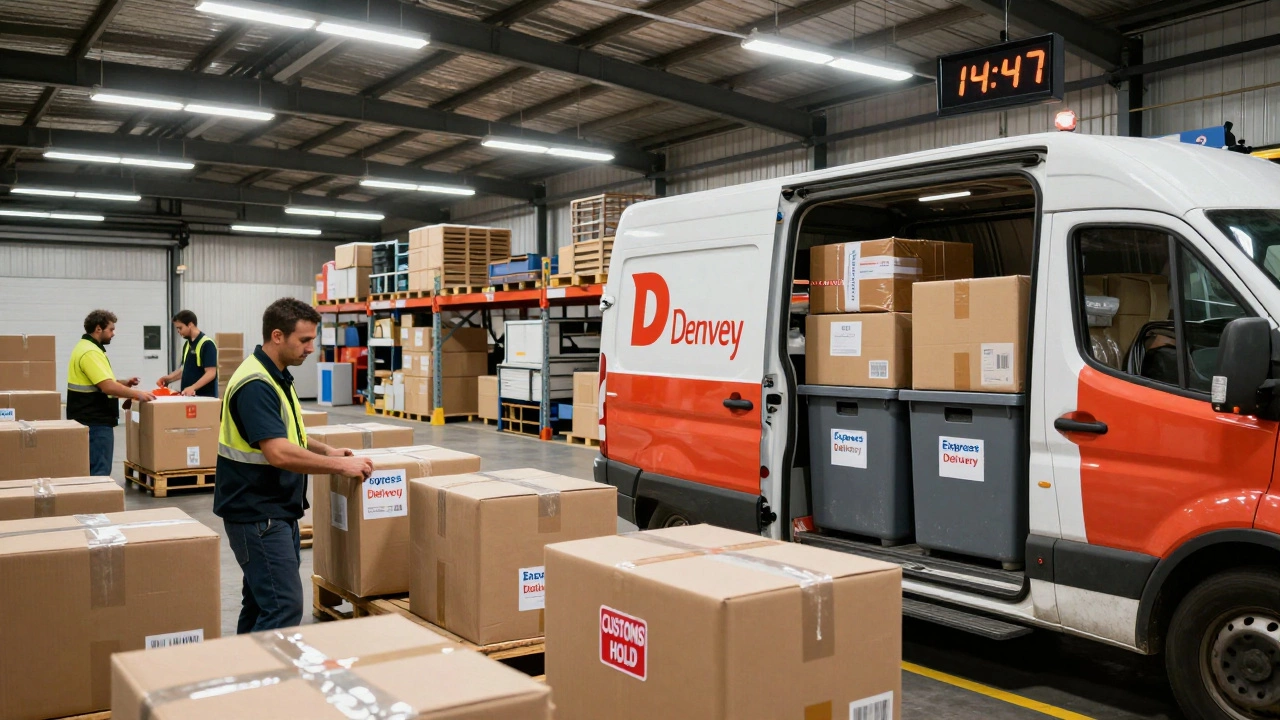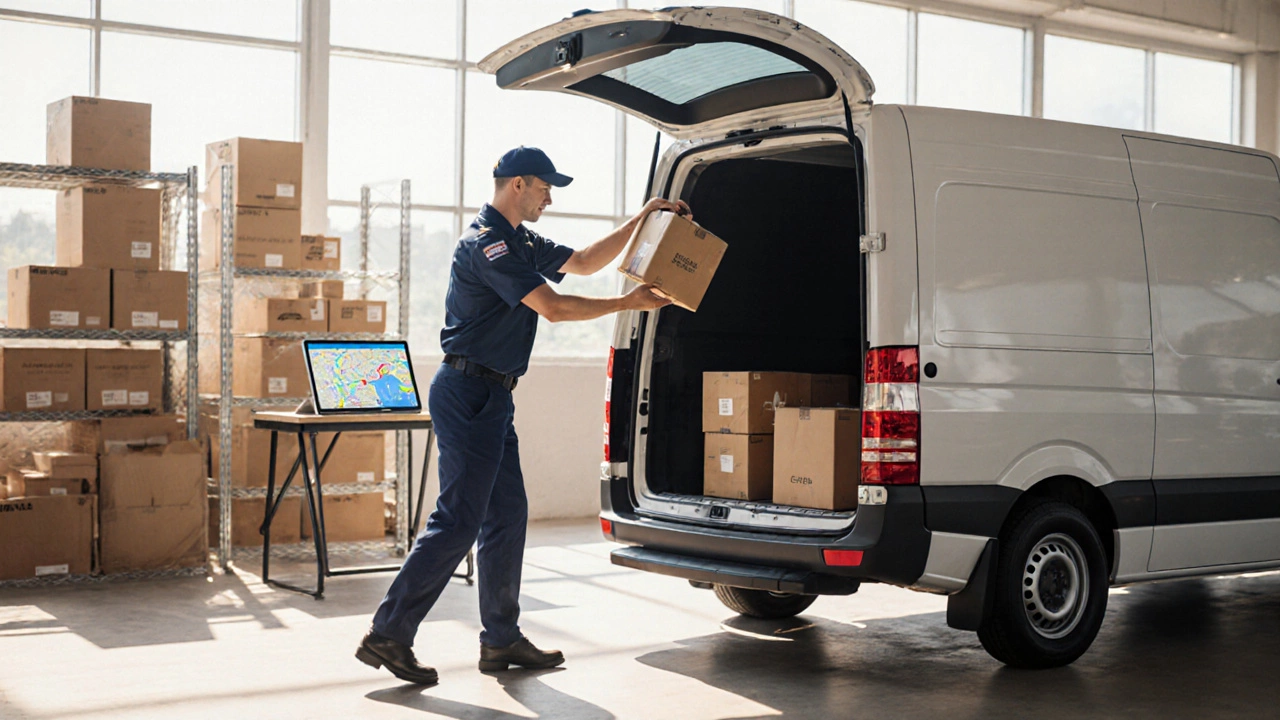Delivery Speed: How Fast Packages Move and Why It Counts
When you hear the term delivery speed, the total time a parcel takes to travel from sender to receiver. Also known as shipping speed, it directly influences the buyer’s experience, the seller’s reputation, and the logistics provider’s bottom line. Delivery speed isn’t just a number; it’s a promise that ties together the whole supply chain. Companies that nail the promise often blend technology, route optimization, and clear service tiers. In practice, delivery speed encompasses same‑day delivery, next‑day delivery, and overnight shipping—each designed for a different urgency level while balancing cost and reliability.
Key Factors That Shape How Fast Anything Arrives
One of the most visible ways to boost speed is offering same day delivery, a service that moves parcels from the warehouse to the customer’s door within hours. Retailers use local fulfillment hubs and real‑time routing to meet tight cut‑off times, often before noon. Next day delivery, a standard service that guarantees arrival on the following business day balances speed and cost, making it the workhorse for many e‑commerce sites. For the most time‑sensitive shipments, overnight shipping, a premium option that moves items out of the hub late at night to arrive before the next day’s business hours becomes essential, especially for medical supplies or critical parts. The final leg—last mile delivery, the movement of goods from a local depot to the customer’s doorstep—is often the bottleneck. Urban traffic, narrow delivery windows, and the need for signature collection can stretch the overall speed. Companies combat this with crowdsourced driver networks, locker systems, and predictive analytics that forecast the fastest routes. Cut‑off times, the latest moment a parcel can be accepted to meet a promised speed, also play a pivotal role. Knowing the exact cut‑off for same‑day or overnight services lets businesses schedule pickups and avoid costly re‑routing. Technology stitches all these elements together. Real‑time tracking, AI‑driven route planning, and automated sorting facilities shave minutes off each hop. When a carrier invests in a robust TMS (Transportation Management System), the system can align orders with the most appropriate service tier—same‑day for urgent, next‑day for standard, overnight for critical—based on the customer’s desired delivery speed. All these pieces create a web of relationships: delivery speed requires the right service tier, the right cut‑off, and the right last‑mile strategy; in turn, the chosen tier influences cost, carrier selection, and customer satisfaction. Understanding these links helps businesses pick the optimal mix without overpaying or missing deadlines.
Below you’ll see a curated set of articles that dive deeper into each of these angles—how to negotiate better rates for fast shipping, the real cost of last‑mile challenges, tools to calculate cut‑off times, and case studies on same‑day vs. next‑day performance. Whether you’re a small online shop or a large logistics manager, the insights here will give you practical steps to sharpen your delivery speed strategy and keep customers coming back.
How Long Does Express Delivery Normally Take? Real Timelines for 2025
Express delivery times vary by location and service. In the UK, expect next-day delivery for domestic shipments, but international orders can take 2-7 days due to customs and logistics. Learn how to avoid delays and get the fastest results.
Does Express Delivery Really Work? - Pros, Cons & Real‑World Performance
A practical guide that breaks down how express delivery works, its real‑world reliability, costs, best‑use cases, and tips to avoid common pitfalls.
© 2025. All rights reserved.


